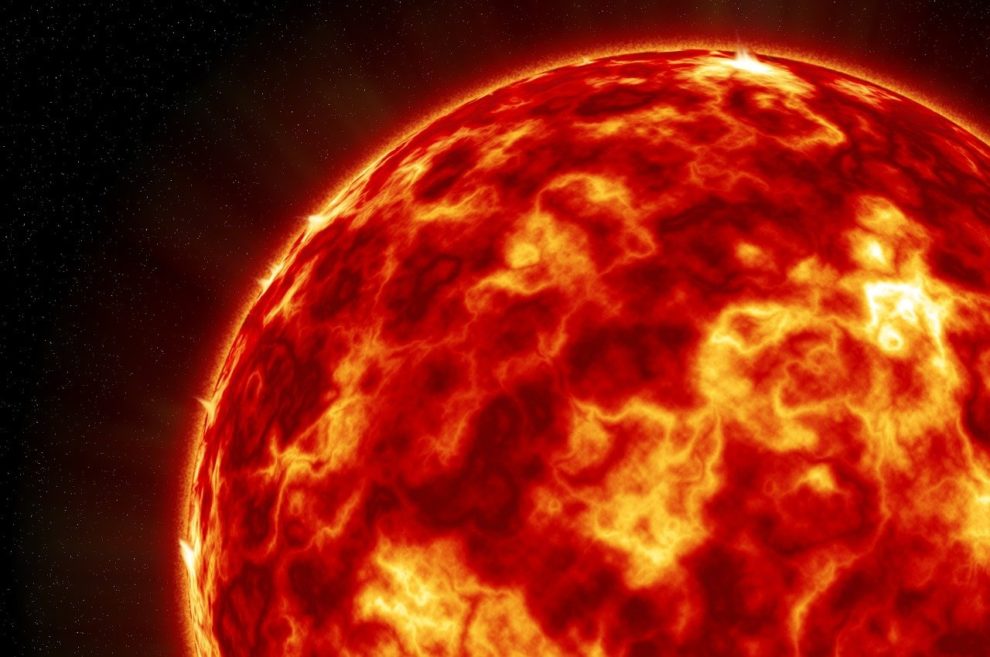NASA is preparing for a big solar storm that might hit the earth by 2025, which could cause an internet apocalypse, Daily Express reported.
Understanding solar storms: How NASA works to predict and prevent disasters
Solar storms are normal in space, but they can be dangerous. Sometimes they make beautiful lights in the sky, but other times they can cause a lot of damage, like chaos and problems on Earth.
The space agency’s Parker Solar Probe (PSP) has journeyed through solar winds to study them, but there’s still a lot to be discovered. Scientists have been worried about the dangers of these storms for a while, especially about a possible “internet apocalypse” that could happen soon.
The term “internet apocalypse” may sound like something out of a sci-fi movie, but it’s a real threat. During a solar storm, magnetic fields from the Sun can cause massive surges of electricity through Earth’s atmosphere.
These bursts, called coronal mass ejections (CMEs), travel incredibly fast, reaching speeds of up to 11,000,000 kilometers per hour. The Sun releases them towards Earth up to 20 times a week, depending on its 11-year activity cycle.
While no one alive today has experienced a direct hit, similar events occurred in 2012 and 1859. If a CME of similar magnitude struck now, it could seriously damage electronics in satellites, disrupting navigation, communication systems, and the GPS time synchronization vital for the internet.
The potential catastrophe of a solar storm
The consequences would be dire. Without power and the internet, society would come to a standstill. Some models predict such an event could happen as soon as 2025, during the Sun’s “solar maximum” phase of heightened activity.
Sangeetha Abdu Jyothi, a computer science professor at the University of California, Irvine, coined the term “internet apocalypse” in her paper on solar superstorms. She highlighted how our infrastructure isn’t prepared for such extreme scenarios.
“We’ve never experienced one of the extreme case events, and we don’t know how our infrastructure would respond to it,” she told The Washington Post. “Our failure testing doesn’t even include such scenarios.”
Even submarine communication cables, critical for long-distance connectivity, could be affected by solar storms. Regions near the poles, where much of the internet infrastructure is concentrated, are particularly vulnerable to such events.
